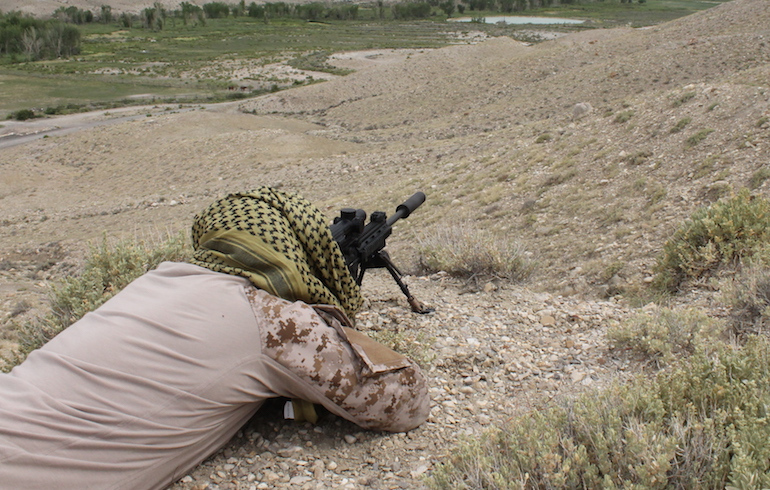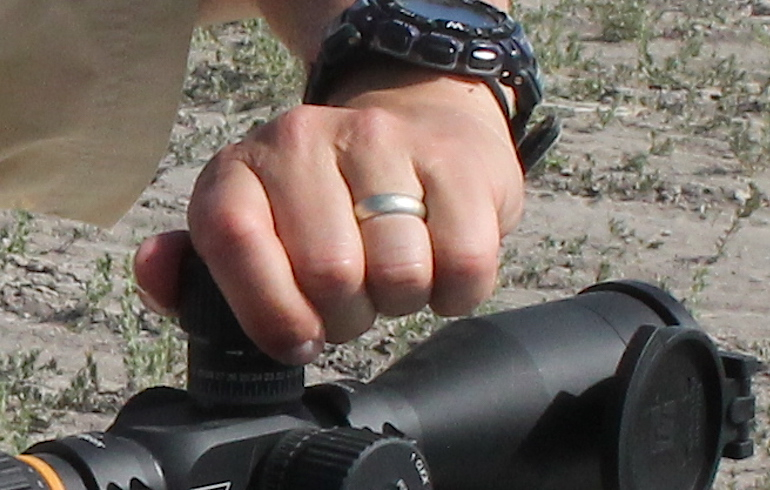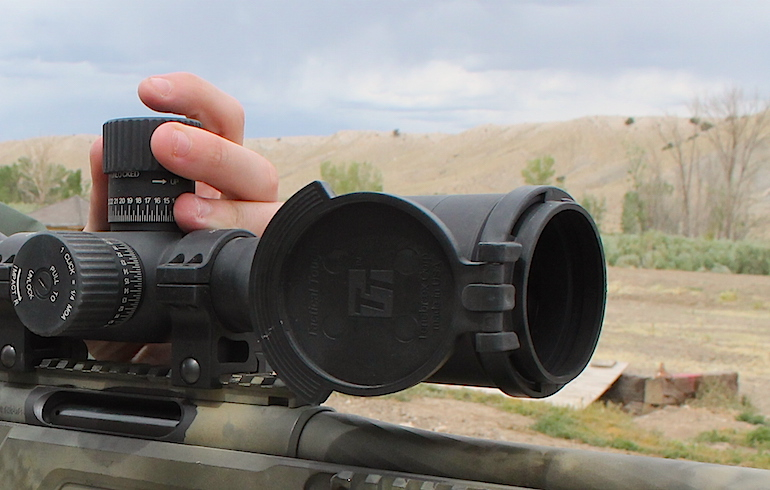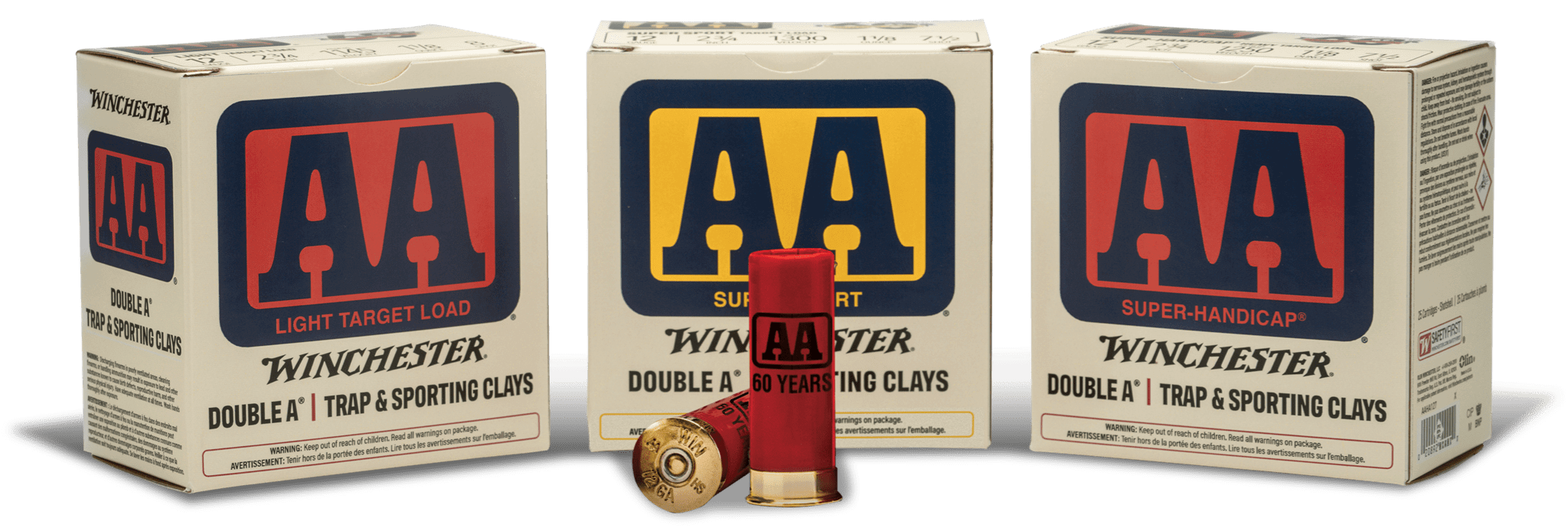5 Keys to Long-Range Accuracy: Your Equipment
The recent movie American Sniper rekindled many recreational shooters’ fantasies and appreciation of long-range shooting. Indeed, many people dream of having the skills necessary to make 1,000-yard shots, while others can actually do it.
It’s a great skill to master and a lot of fun to do whether competing or simply plinking targets. Whether you’re a novice or practiced at “going long,” the following tips on long-range as they relate to the shooter’s equipment (rifle, sighting system, ammunition) will help you keep on target no matter how far you wish to test your rifle and load.

- Fit—To make precision shots at long distances, it’s critical that the shooter’s head, shoulder and hands line up on the gun in the same place every time and that everything comes together comfortably. If you’re serious about long-range shooting, use a rifle with a tactical stock that allows for quick, easy adjustments to the length of pull and the cheek rest. Adjust the bipod or gun rest to the right height so you are not stretching or straining to sight down the rifle or reach the trigger. Comfort is key.

- Focus—A clear, focused reticle is critical. Before sighting, remember to dial the ocular adjustment look through the scope at a plain background such the sky, wall or clear area on a target. Don’t look at the reticle while adjusting as your eye can make minor adjustments for you, which means you won’t actually be as crisp as you need. Dial the ocular a quarter turn, check it out and repeat until you have a clear focus.
- Parallax— At 10x magnification or above, parallax, the apparent movement of the reticle when viewing it at different, distance magnifications, can be an issue. If the reticle looks wavy, turn the parallax adjustment (typically on the side) to infinity, then bring it back into focus. The appearance of movement will stop when it is properly adjusted.

- Reticle Alignment—Make sure the horizontal reticle is straight across and level with the terrain and the vertical reticle runs straight up and down. An angled reticle can alter the relationship of your aim to the actual trajectory of the bullet and lead to missed shots at long distances.
- Ballistics—Understanding ballistic performance is a must in long-range shooting. Using both ballistic tables found through a variety of services or resources such as Winchester’s online Ballistics Calculator and paired with extensive on-the-range testing, a shooter must develop a keen understanding of how much the bullet will drop at various distances, the velocity of the load at different ranges, the elevation where they will be shooting and how it will affect the bullet’s flight, the temperature, relative humidity and even the difference between the plain of the bore and the rifle scope. Then he or she will need to know how to make the appropriate adjustments in clicks on their scope to ensure the shot hits where aiming. Also, it almost goes without saying to only use reliable ammo that delivers low standard deviations between shots and is designed for long-distance shooting (such as Winchester’s Match brand ammo).
Check out more long-range tips concerning shooting skills you can use in next week’s Winchester blog post.

Winchester Ammunition
A world leader in delivering innovative products, Winchester is The American Legend, a brand built on integrity, hard work, and a deep focus on its loyal customers.



